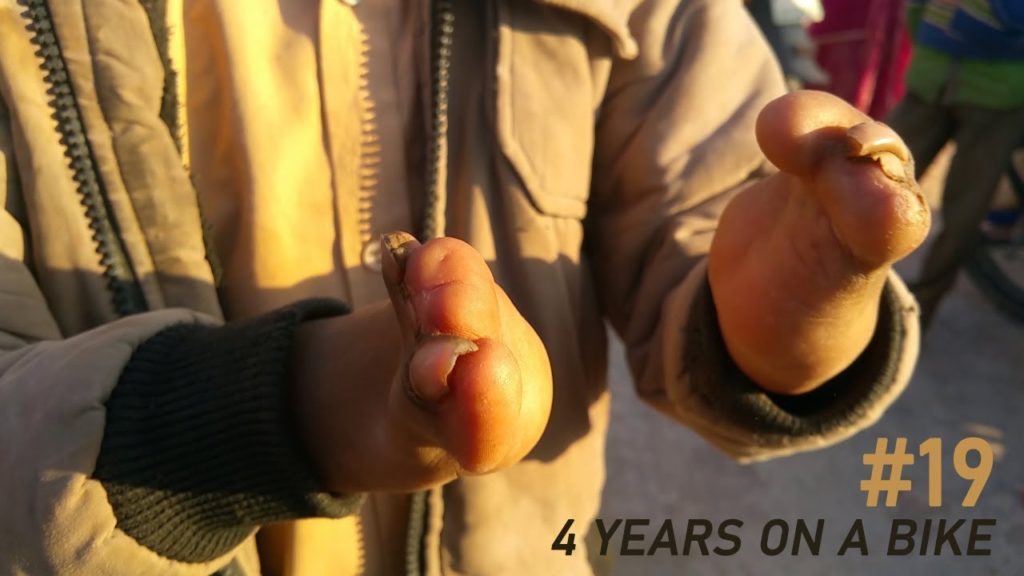BICYCLE TOURING via remote villages. Off-road trip via the desert. Out of the beaten track.
INDIAN SUMMER CLOTHING
India and oriental countries are famous for their colorful, richly designed clothes. Traditional clothing differs from region to region. The main reason for this state of affairs should be seen in different climatic conditions. Indian clothing is distinguished by a unique style. Draped fabrics lead the way – both in women’s and men’s outfits. Check out Indian summer dresses and dresses. In India, clothes are made primarily of natural materials, such as viscose (jute), silk and cotton, sometimes with admixtures of artificial fibers. These fabrics provide adequate air circulation and comfort of use, even on hot days.
Indian fashion impresses people all over the world. Keep in mind that India is not only about popular saris. There are so many types of clothes in this country’s fashion that it is impossible to list them all. This is mainly due to the multiculturalism of India and the fact that fashion in India depends on which part of the country we are in. Indian clothes are rich in colors and various patterns. When walking, for example, on the streets of Bombay, we will surely see women dressed in creations that radiate colors. In Indian stylizations, accessories in the form of colorful jewelry also play an important role. No Indian woman will leave the house without bangli (typical oriental bracelets) on her wrists and large earrings that will emphasize her beauty. Hair ornaments in the shape of flowers or a peacock’s eye are also very popular. And of course the famous Indian ornament – bindi on the forehead. Once reserved only for married women, today bindi is a part of everyday styling and you can get it in a variety of colors and shapes. Bicycle touring out off the beaten track. Just Indian fashion.
AMPUTATION (Latin amputation) – a surgical procedure involving the removal of an organ or its part. The most common cases are limb amputations caused by advanced ischemia (caused e.g. by progressive occlusive sclerosis of the arteries) or significant traumatic injury. If the removal of a limb is done by splitting the bone in the joint rather than cutting it, then this operation is called enucleation. LIMB AMPUTATION
Another example is a bronchial amputation, where it is cut off during a lung resection. In the case of malignant neoplasms of the nipple, nipple amputations occur. Hand amputation.
Amputation is a procedure that causes permanent disability, therefore it is used only when there is no other treatment option and in a sparing way as possible (especially in the case of hand treatments). Bicycle touring could be ended here…
————–
The world heard about Lakshmi Tatma shortly after her birth in Bihar, one of the poorest states in India. The news of her uniqueness quickly spread throughout the country, as the girl had as many as 8 limbs. She was quickly hailed as the incarnation of the Hindu goddess Lakshmi, a symbol of wealth and fertility. It was announced that her birth was a sign that better times were ahead for India. Gifts began to be made to her, which pleased parents who could not afford toys and everyday items. The little one could not walk, stand and sit. Parents realized that without professional help their child would not survive.
——
Folk Hinduism – a popular trend in Hinduism [1], a form of religiosity in Hinduism consisting in attaching the main importance to religious practices, and not to the philosophical concepts of this religion. This term appeared among Western religious scholars at the turn of the 19th and 20th centuries to distinguish it from the trends of Hinduism related mainly to Vedanta, popularized in the West at that time. It is usually associated with bhakti-type religiosity. Colors and Indian fashion.
The Indian people, despite legal limitations in the modern Indian state, very strictly maintain the caste order and separate the “untouchables” from each other. Bicycle touring via remote places in India. The Siudras are divided into numerous castes, of which rope makers and potters are held in high esteem in rural communities. Many regions of India have a very dry climate, or the water is polluted in them – in such regions villages with two wells are considered rich, and villages with one well have separate drawing times for individual castes, but “untouchables” cannot approach to the well, and they must wait for the women of the lowest castes to bring them water. The dominant influence on the religious and social life of the village is exerted by panchayats, councils consisting of the five wealthiest and oldest residents, who regulate all the affairs of the community, and (most often itinerant) sadhus and other ascetics who make a living by alms. This is Indian fashion. Bicycle touring via countryside.


AloJapan.com